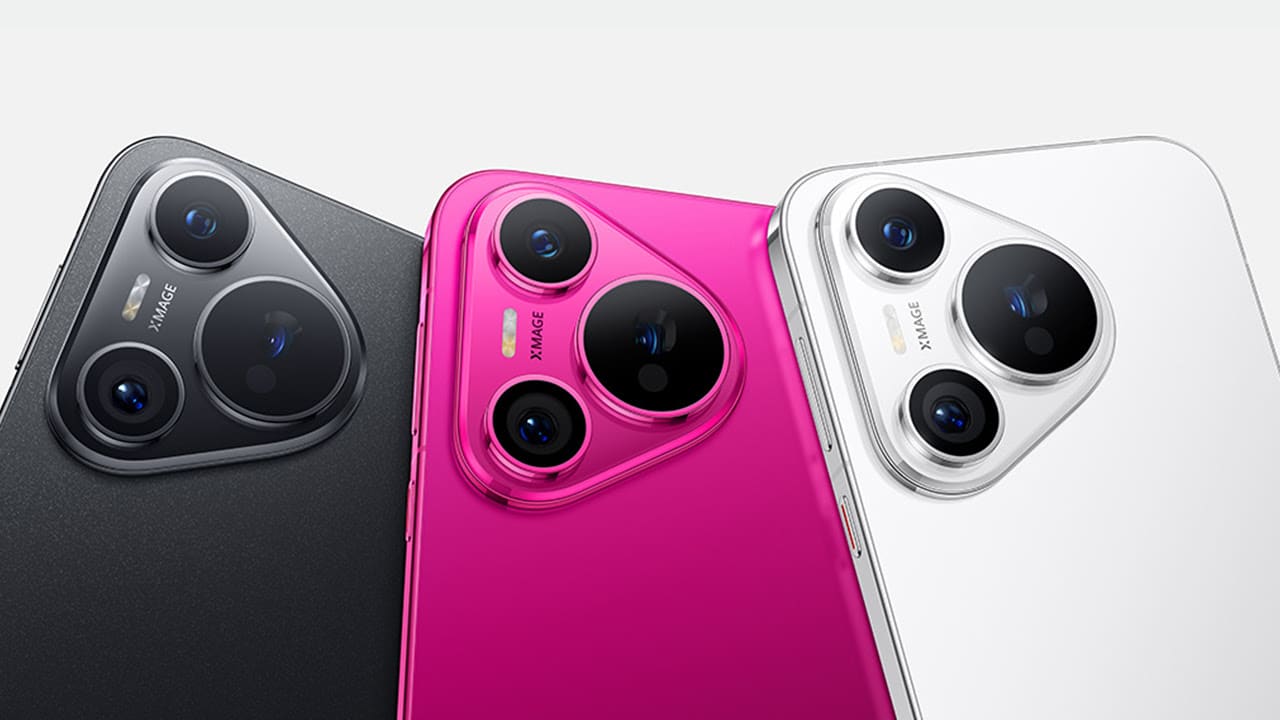For as long as I’ve known about films, the Philippine Cinema scene rarely had me thinking of its place in the global landscape. It was difficult for me to pinpoint if there was a Filipino film that could champion us once again.
Even now, we still tend to separate our films in two ways; the big-budget studio masa and the festival award winners.
There are filmmakers trying to blend the two but there are some films that don’t quite fit either category at all. When On the Job was first released, it was a film that brought about the idea of making something “grand yet thought-provoking”.
After 8 years from the first film’s release comes On the Job: The Missing 8 and its release as a series on HBO GO. With the sequel, the idea remains that there can be a Filipino film that can look and feel as grand as a Hollywood piece but still deliver thought-provoking allusions to the modern-day Philippines.
On the Job, in my humble opinion, will go down as one of the Philippine greats.
Creating Fiction from Non-fiction
On the Job featured on HBO is actually the first film and the sequel combined. Episodes 1 and 2 make up the first OTJ, while 3 to 6 showcase On the Job: The Missing 8.
Written and directed by Erik Matti and co-written with Michiko Yamamoto, the film can be considered a triumph of pushing the boundaries of modern Philippine cinema normally dominated by romances and comedies.

The series is a crime thriller epic that weaves in different perspectives of crime, corruption, politics, journalism, and family; some would say these are the core components of life in the Philippines. Where it hits home to local audiences, however, may be the fact that although fictional, there are many elements of the story that are more than just “inspired by true events”.
The premise of On the Job, at its core, is how jailed criminals are secretly brought out to kill and murder for powerful people who can pull strings from the unlawful to the lawful.
In The Missing 8 arc, episodes 3 to 6 of the HBO GO series, the story delves into the disappearance of 7 journalists and 1 child in consequence of political agendas. There is a disconnect of human morality that is evident with the characters episode to episode and begs the question, how can you define the good guys from the bad ones?
Nonetheless, there are well-crafted human characters in On the Job that showcases the many different Filipino archetypes — both good ones and bad ones.
Always on the job
The first 2 episodes are in fact the first OTJ, and although it’s been 8 years since its release, the effective remastering and new color grading do well to not show the age of the material.
There are a few scenes that give off telerserye vibes due to several cast performances since actors Piolo Pascual and Gerald Anderson are from that world. But with the likes of Joel Torre and Joey Marquez bringing in the veteran acting chops, OTJ still holds up to this day.

Starting from the opening scene of episode 3 which wraps up the events of the first OTJ, there was a shift from being just a local masterpiece to an international showcase of artistry.
With new key characters driving The Missing 8 forward, I felt highly invested in the events that unfolded. Within the end of episode 3, the all too familiar feeling of wanting to unravel the mysteries propelled me to watch in shock and awe the entirety of The Missing 8.
A craft of its own
There is a misconception that a great film is only as good as the casting in it. I like to disagree (most of the time).
The film and its cast should be as good as the director leading it, and vice versa. With that being said, John Arcilla’s performance is nothing short of brilliant, and in my view, was taken to extraordinary depths by Erik Matti’s direction.

As the leading protagonist of The Missing 8, John Arcilla’s characterization of Sisoy, a journalist investigating the deaths of his colleagues, is electrifying. One would even ask if he is the anti-hero or the anti-villain in the fight against the corrupt and powerful. Still, John Arcilla is one of many great talents showcased in The Missing 8.
Dennis Trillo plays Roman, the inmate hired to kill. He is plagued by the ruthlessness of his compadres and only wishes to go home. A silent observer at times, Roman still helps the plot move forward in unexpected ways.
Many other great casting choices, such as Christopher De Leon as Arnel, the head and owner of the LPN news agency, and Lotlot De Leon as Weng, one of the main journalists at the LPN. Both actors were able to create life-like characters that at times are highly relatable.
In terms of the technicals of The Missing 8, the series does not shy away from creating outstanding and prolific set pieces and the clever use of graphical overlays in regards to social media and news.
Previous critics had said that OTJ was a love letter to Martin Scorcese. Although I believe Erik Matti holds his own name as a director, The Missing 8 to me has the same visual splendor as a Fincher movie, down to its details and gritty beauty.

There are lucrative one-shot camera movements that bring the audience into the lavish parties and claustrophobic jails. What stands out to me the most is the music. Music is often considered a universal language and the choices of tracks such as Tom Jones’s Delilah and We’ve Gotta Get Out of this Place by The Animals, The Missing 8 has that semblance of world-embracing cultures, in between the dialogue and the visual storytelling.
Make no mistake that there is heart, soul, and intensity with each crafted shot and each playback of musical score and soundtrack.
The endless pursuit
Where On the Job: The Missing 8 I believe holds the most weight is its subject matter. On its very foundation, it is a crime story that mirrors itself on the social and political agendas of the Philippines. Yet amidst all that there is an honest narrative on the conflict of corruption, law, and the pursuit of the truth.

The uncanny resemblance to the unsolved and unjust murders in the real world is reminded to audiences all throughout The Missing 8. And when a filmmaker tells a story with a deep resonance, there is a feeling of personal stake and projection on the film they have made.
Some avid fans of Erik Matti’s work might be let down with On the Job: The Missing 8 for not being the action sequel that was expected from him. What is true, however, is how distinctly a cinematic crime thriller The Missing 8 is.
As a whole, On the Job is a series that tells the story of how the Philippines operates both on the surface and in the depths. The story sometimes is as unmistakable as a biopic, history and current affairs blended into the characters and livelihood of the plot.
Perhaps I might be stretching my own personal preference on films, but there is no other film that comes close to the feeling of despair, remorse, courage, hope, and resilience. All these feelings are crafted both beautifully and sorrowfully in On the Job: The Missing 8.
Erik Matti’s On the Job is available to stream on HBO GO with episodes 1 -3 already available. The remaining episodes, which feature the second installment of the film, will be available starting September 19.













